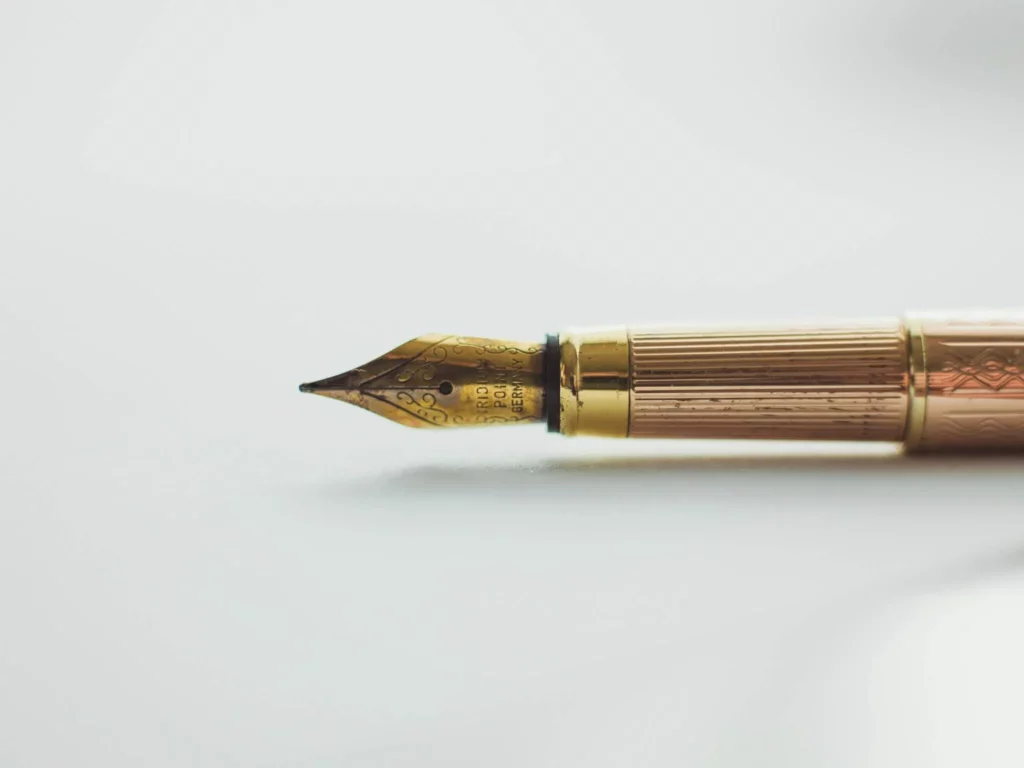Writing an intoxicated character can be a unique challenge filled with the task of deciphering physical signals, emotional changes, and subtle gestures. This guide aims to provide a comprehensive understanding and practical approach towards drafting a convincing and realistic drunken character.
Visual Descriptions
Start by observing physical attributes including fumbling movements, wide-sweeping gestures, stumbling steps, and unpredictably lurching bodies. Focus on features such as glossy drifting eyes, a slack jaw, and exaggerated expressions. Remember, even before a person speaks, the visualization convincingly hints at their intoxicated state.

Behavioral Manifestations
As for the character’s behavior, alcohol doesn’t change personality, it just amplifies existing traits. Depending on their mood, temperament, and reason for drinking, people may respond differently to alcohol. They can be belligerent, disobedient, jovially flirty, or introspectively sad.
An angry person may seem more aggressive, a sad person could become more depressed, and a generally mild person might become flirty. Use this to reveal more about your character’s nature.
Changing Thought Process
Depicting the thought process of a drunk character, especially in the first person, is tricky. You cannot portray the world from their eyes the same way as a sober person. The previously articulate and complex thoughts become simpler, and the focus shifts more towards the visual details and feels, instead of cogent thoughts.

Drunk Dialogue
Intoxicated characters may brave slurred speech, broken sentences, or sudden, topic shifts. They might speak loudly, repeat themselves, or share inappropriate opinions. Finely grinding these slurs in dialogue and balancing the character’s essence in those slurred words can add richness to your character’s drunken portrayal.
Hangovers
After the drunken phase, the hangover arrives with its effects ranging from nausea, light sensitivity, vomiting to headache, and dehydration. Showcasing these physical signs of hangover keeps the portrayal realistic.

Testing the Character
Before finally adding the drunk scene in your masterpiece, test-run your characters by writing short stories featuring them in various stages of drunkenness. This practice helps determine what personality trait suits them the best when they’re under alcohol’s influence.
Conclusions
Writing a drunk character is not overly complicated if one grasps the effect of alcohol on the character’s behavior, dialogue, and thoughts. By mastering these components, writers can create authentic and convincing narratives of intoxicated characters, turning the challenge into an opportunity for characterization.
Related articles
- How to Describe Drunkenness in Writing
- How to Write a Drunk Character in Fiction
- How to Write Convincing Drunk Dialogue in Fiction
- How Do You Craft a Convincingly Sad Character?
- How Do You Depict Slurred Speech in a Novel?
- How Can You Successfully Write Slurred Speech in Text?
- How Do You Illustrate Examples of Manifestations?
